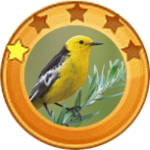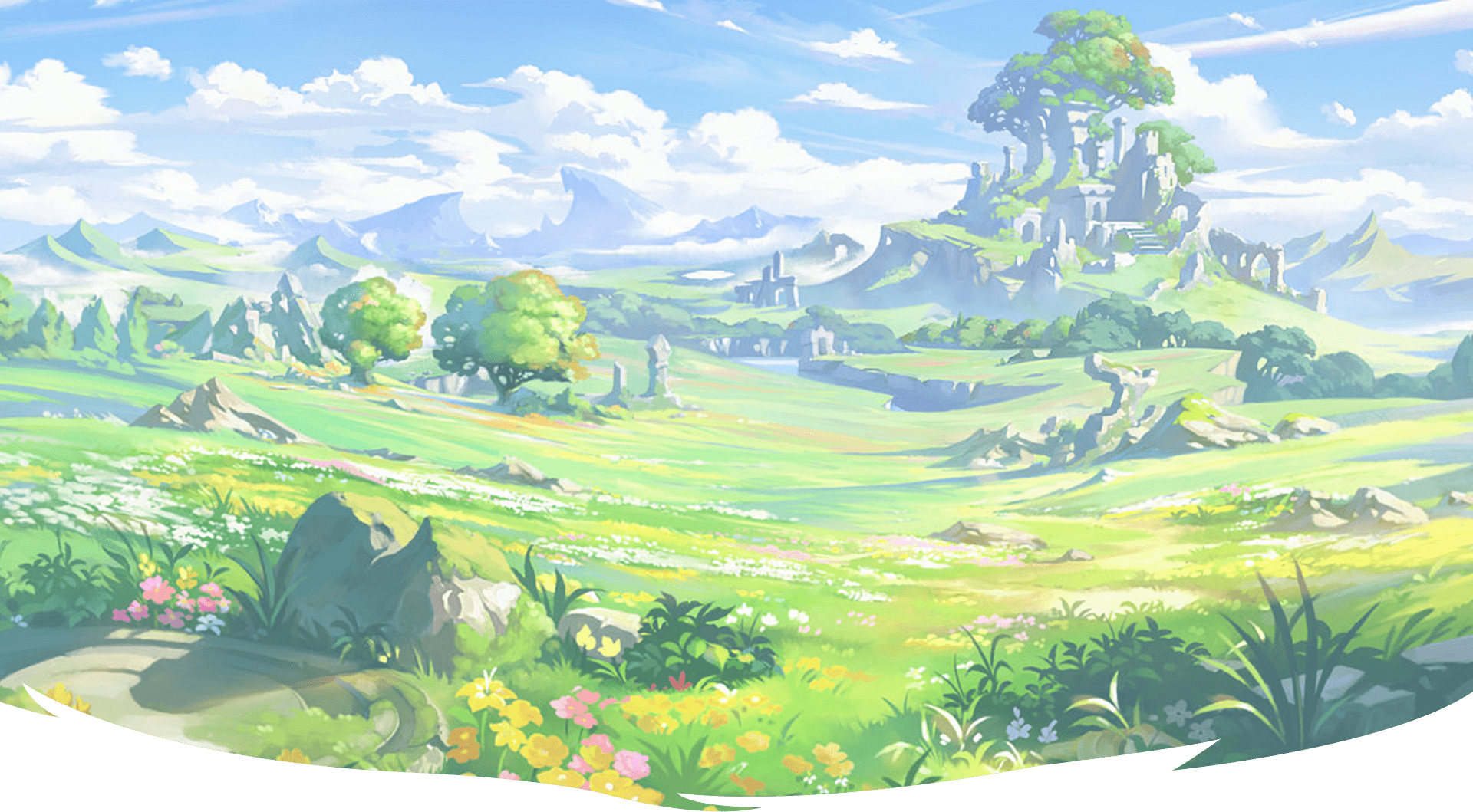- Home
- Shop
- Forest Series
- Grassland Series
- Desert Series
- Contact
- Home
- Shop
- Forest Series
- Grassland Series
- Desert Series
- Contact





Licensed Benz for Kids
Real-looking design and plastic wheels of the electric car will let your kid be in the highlight. Seats one rider, ages 3-6, with a maximum weight of 66 lb.
Easy to operate
The dashboard includes sorts of function buttons like soft start key, forward & backward button, which can work with pedal together when kids are driving themselves.
Safe Driving Experience
Goes forward and reverse at a maximum speed of 1.86-3.11 mph. The seat with a safety belt definitely comfortable and looking fancy. Double lockable doors, soft start, and power traction strip tires are involved.


CHARACTERISTICS
The Chipmunk is a member of the family Mammalia, Rodentia and Sciuridae. It is also known as the Striped Squirrel, the Timber Tiger and the Mini-bear. The body length among most Chipmunks ranges from 5.5 to 6.3 inches and the tail length is 5 Inches. Chipmunks typically weigh about 0.02 pounds and live about 5 to 10 years. They have small but prominent ears which face forwards, and small eyes on the sides of their heads. Most wild Chipmunks are lively.


Lorem ipsum dolor sit amet, consectetur adipiscing elit. Ut elit tellus, luctus nec ullamcorper mattis, pulvinar dapibus leo.


CHARACTERISTICS
The Citrine Wagtail is a slender, 6.1-6.7 inches long bird, with the long, constantly wagging tail characteristic of the genus Motacilla. The adult male in breeding plumage is basically gray or black above, with white on the remiges, and bright yellow below and on the entire head except for the black nape. In winter plumage, its yellow underparts may be diluted by white, and the head is brownish with a yellowish supercilium. Females generally look like washed-out versions of males in winter plumage.

RANGE AND HABITAT
The Citrine Wagtail breeds in north central Asia in wet meadows and tundra. It migrates in winter to south Asia, often to highland areas. Its range is expanding westwards, and it is a rare but increasing vagrant to western Europe.

DIET
The Citrine Wagtail eats small terrestrial and aquatic invertebrates, ranging from weevils and other beetles, dragonflies, adult and larval flies, termites and ants, spiders, small snails, crustaceans and worms, fish fry; crumbs and other household scraps were also taken. It forages by picking and darting for prey; takes items from the ground, from low vegetation or from water surfaces. It walks on open wet ground at the edge of the water and on floating mats of aquatic vegetation such as water hyacinths. It wades in shallow water. It flutters up to snatch an insect in the air.

BEHAVIOR
The Citrine Wagtail is an insectivorous bird of open country near water, such as wet meadows and bogs, and nests on the ground, laying 4-5 speckled eggs.
The Citrine Wagtail breeds from Apr to Jun and May to Aug. It lays two broods. It is monogamous and territorial. The nest is built by the female. The nest is a cup of moss and plant leaves and stems, lining of hair, wool and feathers, placed on the ground in grassy vegetation. It lays a clutch of 3-6 eggs. The incubation is done by both sexes. The incubation period is 14-15 days. The nestling period is 10-13 days.

The Chipmunk is a member of the family Mammalia, Rodentia and Sciuridae. It is also known as the Striped Squirrel, the Timber Tiger and the Mini-bear. The body length among most Chipmunks ranges from 5.5 to 6.3 inches and the tail length is 5 inches. Chipmunks typically weigh about 0.02 pounds and live about 5 to 10 years. They have small but prominent ears which face forwards, small eyes on the sides of their heads. Most wild Chipmunks are lively.
The Red Squirrel, a member of the Sciuridae, is an arboreal, omnivorous rodent often referred to as a Forest Seeder and folklore as the Devil King Squirrel.
The Arizona Gray Squirrel, also known as the American Gray Squirrel, is a member of the family Rodentia and Sciuridae. It is small in size, with gray fur and a belly between white and cream. It has long ears, no tufts of fur and a fluffy tail edged in white. The body is about 16-20 inches long and weighs up to 1.4 pounds.
The Rock Squirrel, also known as Sao Maozi or Stone Mouse, belongs to the rodent and is a species in the family Sciuridae. The most common natural predators of the Rock Squirrel include bobcats, owls, eagles and snakes. Though the Rock Squirrel is cute, alert, and courageous, it is still considered a pest due to its habit of destroying crops.
The Abert’s Squirrel is a member of the genus Sciurus with a body length of 18-22.8 inches, a tail length of 7.5-9.8 inches and a weight of 2.2 pounds, and can live up to 10 years in the wild. Its most distinctive feature is tassels of fur about 0.8-1.2 inches long at the tip of its ears, which looks very interesting. In addition, it is alert and agile.

The Wagtails Necklace
The Wagtail is one of our prettiest and most delicate birds, which has lived alongside man for many generations. The gentle Bushmen loved this bird too.
The friendship began long ago when the Bushmen lived in the Cape in low caves with rocky walls and sandy floors. The steep, rocky sides of the Kloofs ( Narrow valleys) sheltered them from the biting winds of winter and the scorching heat of the summer sun. These kloofs also held water and, in this dry land, it was good to have a constant water supply flowing by your door.
So the Bushmen lived in the Cape mountains, hunting and gathering roots, fruit and berries, talking and dancing and singing and painting.
They were happy people and very content with their homes and surroundings.
Then one day the sand-flies came. Thousands of them. Tens of thousands. Millions breeding by the running water – burrowing into the sandy floors of the caves – biting men, women and children. The Bushmen could do nothing.
The sand-flies multiplied and multiplied until whole valleys were plagued by them. The Bushmen held a council meeting and decided to move. All the caves were emptied of their scanty belongings. weapons, tools and cooking utensils were packed, and everyone was ready to leave. They intended to march out along the valley of the Olifants River into the vast Karoo. Their leader was making a speech, explaining to all why they had to leave, trying to prepare them for the hardships that lay ahead. Then he stopped talking and looked up into the bright blue sky with amazment. A large, black cloud was speeding rapidly towards where they were standing. Everyone watched in wonder and felt afraid,t then, as the cloud began to echo with sound, they realised it was a flock of birds.
These birds were small and delicate, with long tails which jerked up and dwn as they walked. Their backs were grey-brown, and their chests and outer tail feathers were white. The whole tribe watched in amazement as the birds settled by the running water and took over the kloof. They had made a long journey and they were very, very hungry. The sand-flies were just what they wanted! In their hundreds, they scoured the stream and the caves and the ground around the caves.
For three days they gobbled and pecked as the Bushmen looked on in amazement. By the end of that time, there was not a single sand-fly to be seen. Then the flock flew away as quickly as it had arrived, leaving behind them just one pair of birds. The cloud of tail-wagging birds continued on its journey and everywhere it settled – in every kloof, by every pond, by every stream – one pair stayed behind. So that is how the Wagtails, as we call them now, came to live all over our land.
It was a miracle, and the Bushmen were overjoyed at being able to remain in their homes. To show their gratitude, they decided to honour the Wagtails. But how does one honour a bird?
The Bushmen had no medals of honour and very little jewellery. The women and children wore necklaces made of small pieces of ostrich egg-shell. So it was decided that the women would make a similar necklace for the Wagtail and his wife. This was soon done and everyone was delighted. But, of course, it did not work. The necklace was to heavy for the birds. It caught in the bushes and once even broke in flight and was lost. The Wagtails were upset and the Bushmen were upset. They wanted to show their gratitude to these birds – but how? For long nights they sat in their caves and talked of nothing else. what could they do?
There was one Bushman who lived in a high cave overlooking the kloof, and he was a great artist. He painted in brown, orange and black – paintings of men, lion springbok, birds, insects and plants. His work was as beautiful in its delicacy and charm as any painting you have seen.
Why not,’ said one of the eldest Bushmen, ‘ask one of the artists to paint a necklace onto the Wagtail and his wife?’ Everyone agreed with enthusiasm.
The artist was approached and the problem explained. Gladly, he mixed a rich grey-black and painted a dark choker-necklace on the white chests of the birds. It looked beautiful. The Bushmen loved it and the Wagtails loved it. Mother nature looked down from her seat above the Great Karoo and she loved it too. She decided, there and then, that the collar would forever be the sign of man’s gratitude to the Wagtail. A symbol for all the help the Wagtail gives in controlling insect pests. And from that day to this, Wagtails have always worn a dark-grey choker-necklace. Next time that you see a Cape Wagtail, have a careful look at him. He never goes anywhere without his necklace.




Follow Us: